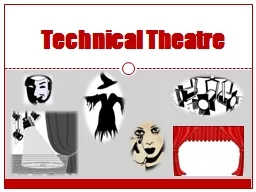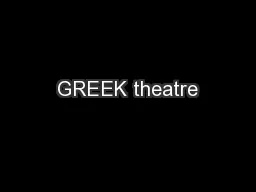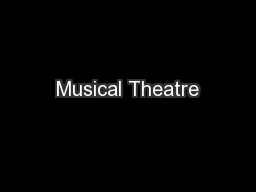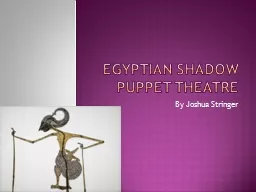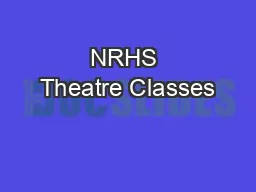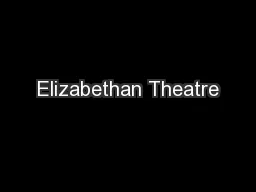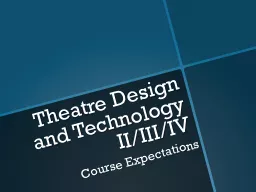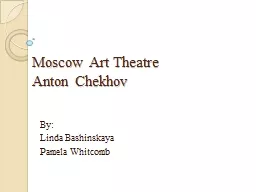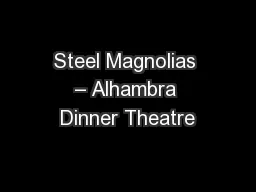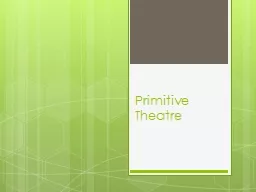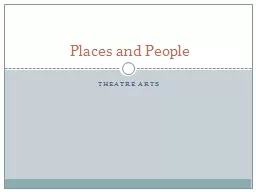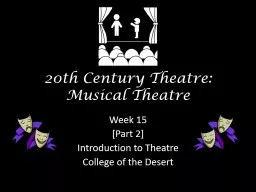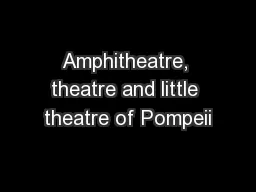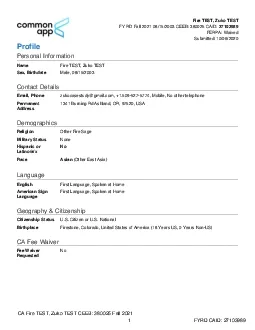PPT-Technical Theatre
Author : conchita-marotz | Published Date : 2016-06-12
Vocabulary Designer A person who creates or plans a specific part of the production such as the costumes lighting set makeup or sound Crew Committee of technicians
Presentation Embed Code
Download Presentation
Download Presentation The PPT/PDF document "Technical Theatre" is the property of its rightful owner. Permission is granted to download and print the materials on this website for personal, non-commercial use only, and to display it on your personal computer provided you do not modify the materials and that you retain all copyright notices contained in the materials. By downloading content from our website, you accept the terms of this agreement.
Technical Theatre: Transcript
Download Rules Of Document
"Technical Theatre"The content belongs to its owner. You may download and print it for personal use, without modification, and keep all copyright notices. By downloading, you agree to these terms.
Related Documents

